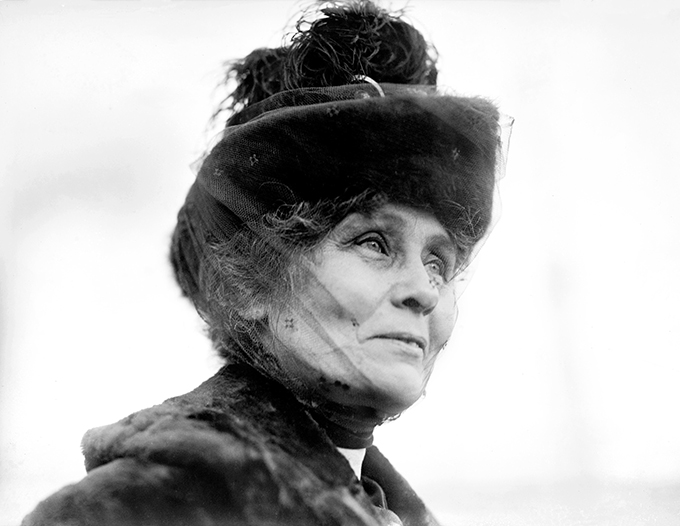British Women Pilots’ Association
Summer Reading: British Book Settings

At final year’s World Championships, the Great Britain women’s eight earned a berth in Tokyo with a fifth-place finish. At the Under-23 Worlds, a British eight that included present british girls Washington sophomore Holly Dunford in the four seat, earned silver.
Greatest Women In British History
Just walk around central London and be amazed by the style and number of trend worn by regular individuals. Recently voted the most effective dressed woman of 2010 by Harper’s Bazaar, British actress Carey Mulligan mixes traditional ’50s stylish with modern designer items. And her type is all her personal – she famously turned down Anna Wintour’s recommendation to wear a short gown to the Oscars. Carey’s style is tailored, yet ladylike, and her daytime fashion is easy however eclectic.

Top 10 Most Beautiful British Women In The World 2020: Checkout!
After that, the precedent was set for what has become one of many world’s premier rowing events, and positively a staple of Seattle’s rowing neighborhood. The Dutch men’s group will be making its second-ever appearance within the Windermere Cup. In 1994, within the eighth 12 months of the occasion, the Netherlands completed second to Washington, and ahead of Stanford. The British staff will compete in the women’s race for the fourth time. A British women’s eight received the 1998 Windermere Cup towards a UW boat that went on to win the NCAA title.
Top 10 Most Beautiful & Hottest British Women In Uk: Checkout!
The Brits also competed in the 2002 and 2014 races, ending third and second, respectively. women’s suffrage in BritainThe struggle for women’s proper to vote in British parliamentary elections, part 2. women’s suffrage in BritainThe struggle for ladies’s proper to vote in British parliamentary elections, half 1. British and Irish Women’s Letters and Diariesis out there on the Web, either through one-time purchase of perpetual rights or through annual subscription.
Although at times ambivalent in direction of the Syrian women she encountered, she partook of their customs and manners, particularly public bathing, smoking and other Eastern indulgences. Her perspective illustrates that the British home and the Oriental harem usually are not so dissimilar, bridging the hole between us and them.
Women in these communities have been normally center-class converts, who encountered Islam by way of journey, mosque publications or public lectures. They lived in an environment that viewed Islam and Muslims with suspicion and ridicule. British Muslims had been perceived as “loyal enemies” and “infidels within” the society of that time.
The first separate college for ladies physicians opened in London in 1874 to a handful of students. In 1877, the King and Queen’s College of Physicians in Ireland grew to become the first establishment to take advantage of the Enabling Act of 1876 and admit women to take its medical licences. The introduction of Reformism during the nineteenth century opened new opportunities for reformers to deal with points going through women and launched the feminist motion. The first organised movement for British women’s suffrage was the Langham Place Circle of the 1850s, led by Barbara Bodichon (née Leigh-Smith) and Bessie Rayner Parkes.
Much of this success was as a result of systematic deliberate mobilization of girls, as workers, soldiers and housewives, enforced after December 1941 by conscription. The women supported the struggle effort, and made the rationing of shopper items successful. In the stability between compulsion and voluntarism, the British relied successfully on voluntarism. The success of the federal government in providing new services, corresponding to hospitals, and faculty lunches, as well as the equalitarian spirit of the People’s struggle, contributed to widespread assist for an enlarged welfare state. Munitions manufacturing rose dramatically, and the standard remained high.
Capitalism, due to this fact, had a unfavorable effect on extra powerful women. In a more positive interpretation, Ivy Pinchbeck argues that capitalism created the conditions for ladies’s emancipation. Louise Tilly and Joan Wallach Scott have emphasised the continuity and the standing of ladies, discovering three phases in European history. In the preindustrial period, production was principally for residence use and ladies produce much of the wants of the households.
Third, women have been usually less prone to marry or remarry after being widowed, leaving them as the principle providers for the remaining family members. Finally, poor women had deficient diets, because their husbands and kids received disproportionately massive shares of food.


